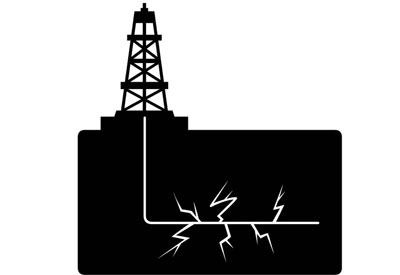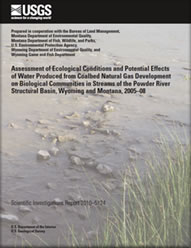| University of Colorado at Boulder | ||||
 |
||||
|
Hydraulic FracturingSee our Hydraulic Fracturing page for more information Oil and gas operators have conducted hydraulic fracturing, commonly known as “fracing,” for over sixty years in either vertical or slant wells (this is often referred to as “conventional drilling”). Within the past decade, the combination of horizontal drilling and hydraulic fracturing has been used with increasing frequency in each of the intermountain states to increase the volume of natural gas that can be extracted from tight sand, coalbed, and shale formations, and thereby make the extraction process economically feasible (this is often referred to as “unconventional drilling”). Concerns abound that both the below-ground and above-ground activities associated with fracing may impact water quality. Our Hydraulic Fracturing page contains (1) a general overview of fracing technology, (2) a discussion about the controversy surrounding fracing, (3) a summary of current and pending regulations, and (4) resource documents and websites for further reference. Coalbed MethaneSee our Coalbed Methane page for more information. Coalbed methane (CBM) is a form of natural gas that is trapped within coal seams. CBM is produced and transported with much the same process and equipment as methane from a regular gas field. The major difference is that wells are drilled into the coal seam to first remove water. As the water is removed and water pressure in the seam decreases, the gas is released from the coal and flows through fractures in the coal to the well. The quality of CBM produced water varies widely. Potential uses and disposal methods are controversial.
For an introduction to CBM development, see our Coalbed Methane page.
|
||||

 Effects of coalbed natural gas development on ecological conditions in selected streams in Wyoming and Montana, 2005-2008
Effects of coalbed natural gas development on ecological conditions in selected streams in Wyoming and Montana, 2005-2008


